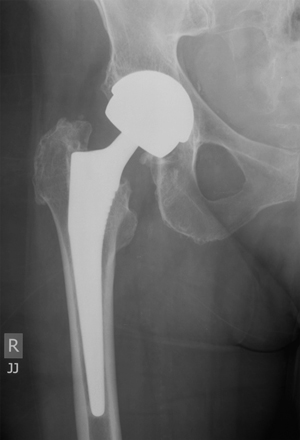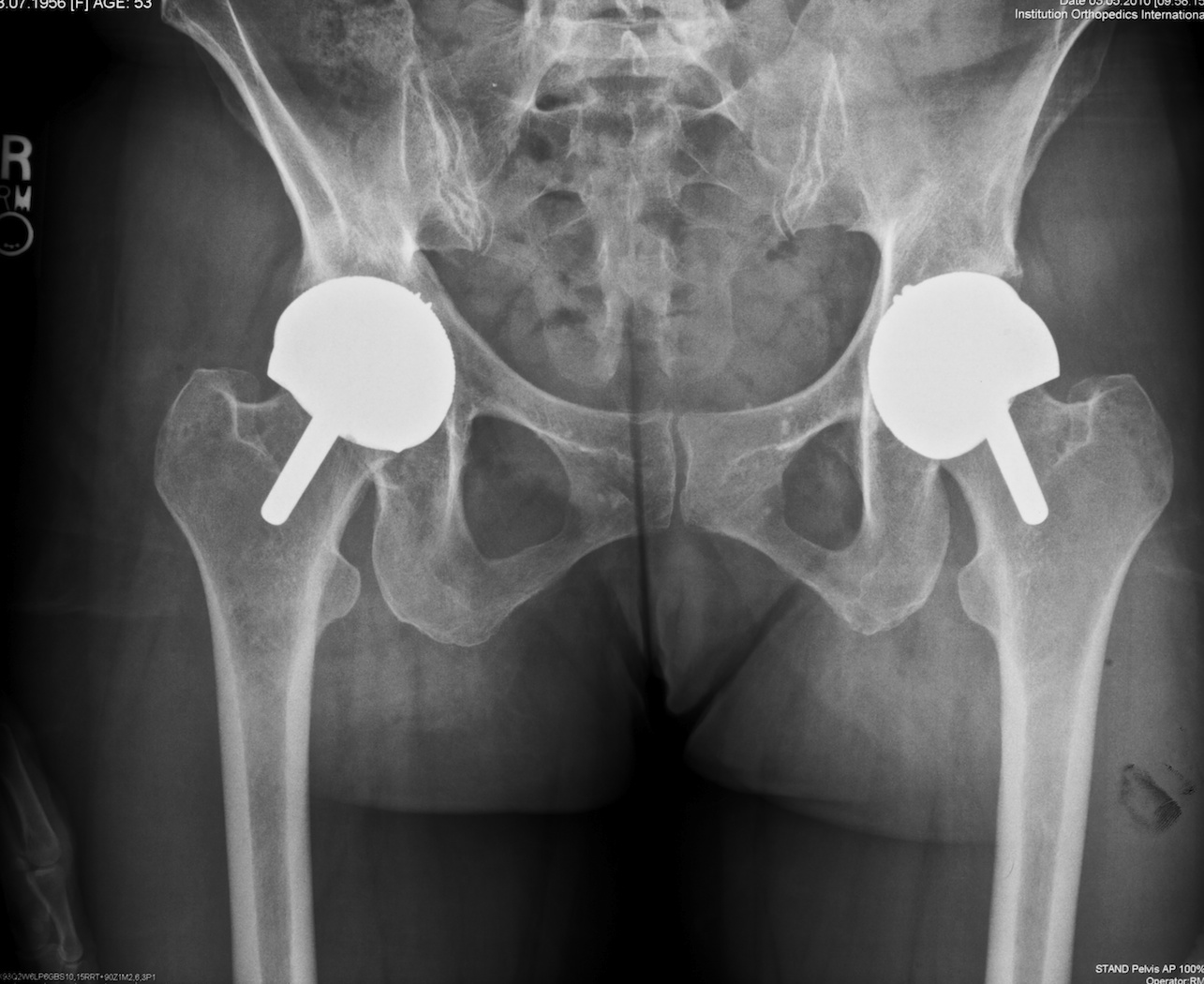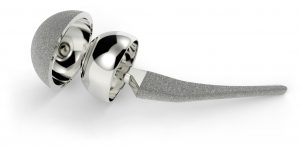
Some patients require an additional procedure less than a year after their initial surgery. Patients experiencing premature device failure may be forced to undergo multiple revision surgeries. Post-surgery tissue damage is often reported in metallosis patients. Complete removal of the metal debris is difficult and requires the surrounding tissue to be excised. The prosthesis must be replaced, and bone grafting will likely be required to repair an osteolytic condition. Surgery is considered to be the only effective treatment for metallosis. If you have been injured by a defective medical device, Speak with an Attorneyįor treatment, any fluid build-up will need to first be drained, and then a revision surgery is necessary to replace the defective implant. The tissue may be swollen and discolored, exhibiting a gray hue. The condition can be confirmed by the presence of a dark or cloudy fluid accumulated in the tissue surrounding the hip joint. Metallosis is diagnosed using blood testing, radiographs, and digital imaging. A journal article reported that the only variable correlated with the presence of a pseudotumor in the study’s participants was elevated serum cobalt levels. These masses need to be removed to prevent further tissue damage and osteolysis. Neurological problems including sensory changes (auditory or visual)īenign pseudotumours have also been discovered in hip resurfacing patients, and are considered to be an inflammatory reaction to cobalt absorption.Individual patients may also experience a wide range of additional symptoms, including: Initial symptoms may include pain, increasingly audible sounds coming from the area near the implant, and a feeling of instability when walking. In hip surgery patients, metallosis tends to accompany other complications, including the death of tissue (necrosis) and bone ( osteolysis), which leads to premature device failure. When the metal is ingested or inhaled, cobalt poisoning can cause symptoms similar to metallosis. Ĭobalt is found in batteries, tools, pigments, and other common products. Manufacturers DePuy Orthopaedics (Johnson & Johnson), Stryker® Orthopaedics, Wright™ Medical Technology, Zimmer Holdings, and others have faced numerous lawsuits concerning their devices. The condition is considered relatively uncommon among implant patients, but some widely-used devices have seen a higher incidence. Metallosis is a form of metal poisoning that is potentially very serious, and can be fatal without treatment.

Blood tests have revealed elevated serum cobalt levels in some patients, an indicator of metallosis. The metal in the implant can also corrode, leaving patients with debris in the bloodstream and surrounding tissue. Some products contain only small amounts of metal and others are almost entirely comprised of chromium, cobalt, and molybdenum metals.Ĭomponents of a prosthetic hip joint are designed to rub against each other, and this repetitive friction has been shown to cause shedding of microscopic particles. Hip replacement systems and components are made of ceramic, polyethylene (plastic) and metal. surgeons performed an estimated 378,000 total hip replacements, and the number is expected to grow to more than 500,000 by 2020.

Patients suffering from these conditions can benefit from a full, partial, or resurfacing procedure, all involving implant surgery. The hip bone is vulnerable to arthritic conditions, bone loss, and accidental injury, which can cause pain and immobility. About Hip Prosthetics and MetallosisĪging baby boomers have created a lucrative market for hip replacement surgery. Contact our product liability specialists to arrange a complimentary case evaluation.

If you or a loved one has experienced any adverse complications, you may be entitled to significant compensation.

Many patients suffering from metallosis have filed claims in the hip replacement lawsuit against the manufacturers of the defective devices.


 0 kommentar(er)
0 kommentar(er)
